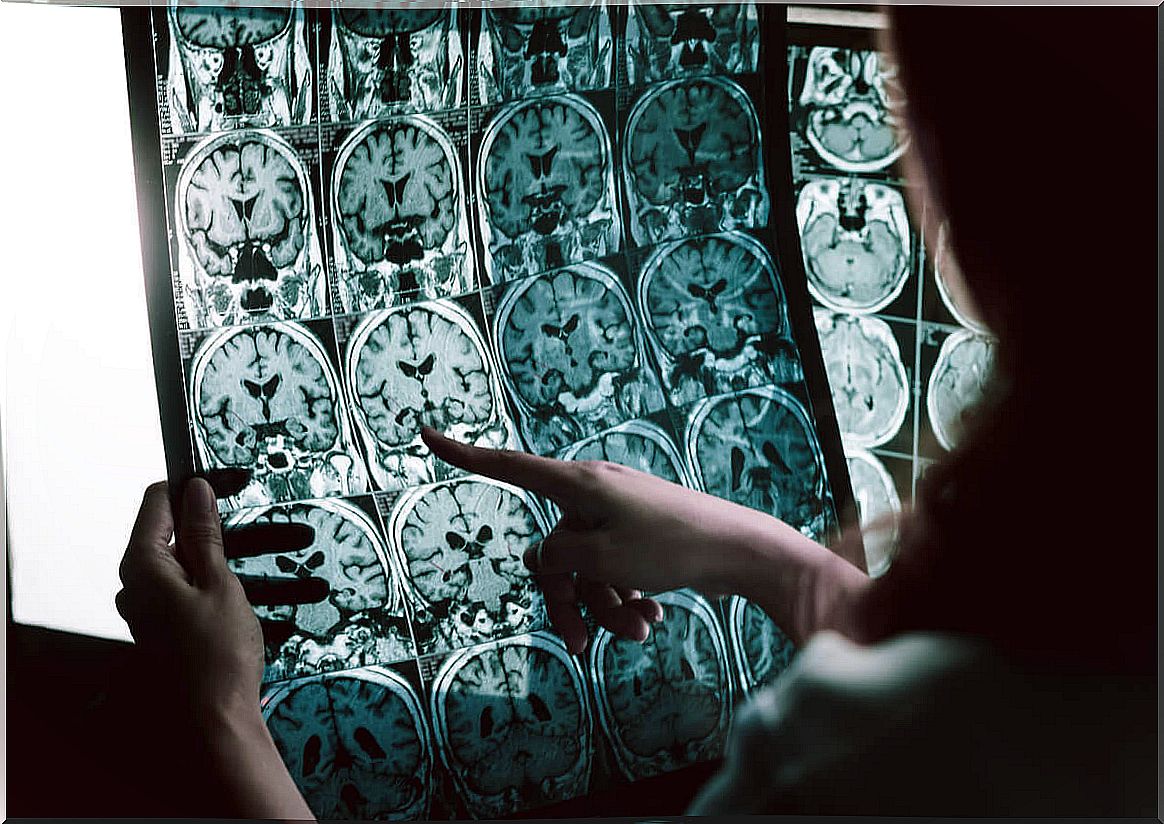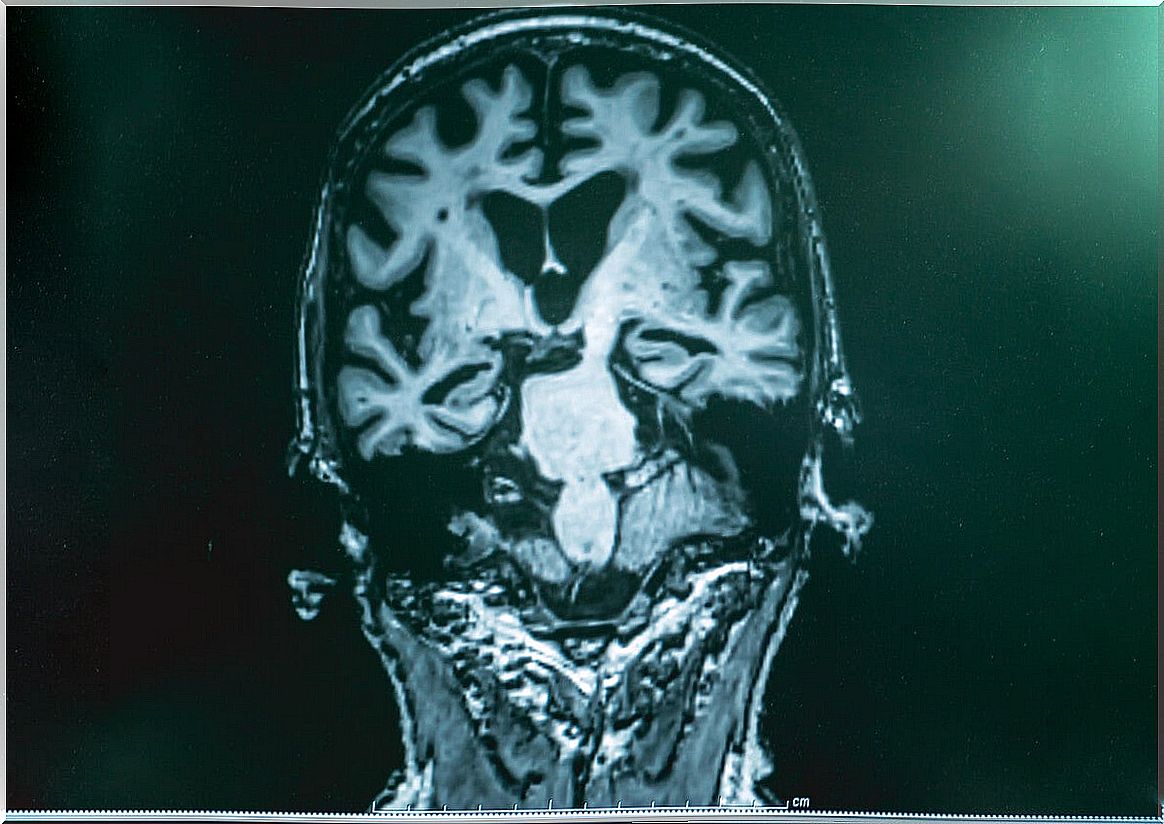Gamma Waves Against Alzheimer’s Disease

Do you know what gamma waves are and the benefits they can have for Alzheimer’s disease patients? The advancement of science and technology, and their inseparability, has allowed the development of new treatments that represent a ray of hope for these patients.
Alzheimer’s disease remains largely a mystery. It is a disease that can only be confirmed postmortem and about which we still have many doubts regarding its origin.
At the level of treatment, no therapy, drug or other treatment has yet been found to slow or reverse the disease. Therefore, any small progress that slows the progression of the disease or even improves cognitively is an achievement of great value.

What are gamma waves?
Gamma waves are a neural oscillation pattern whose frequency ranges between 20 and 100 Hz. Most typically, they manifest around 40 Hz.
These waves reflect high brain activity. Higher than that reflected by beta waves, which are those present when we are concentrated. These waves indicate that the brain is working “at full speed”, activating different brain regions.
These waves are believed to be the ones that are triggered by complex executive functions or higher mental activity. These complex activities such as orientation, attention, consciousness or reasoning … require the coordinated activation of neurons in various brain regions for the integration of different types of information to make sense of reality.
However, it seems that these waves not only reflect this type of activity, but also another that has nothing to do with being concentrated or with the brain working. They also seem to be related to explosive behaviors, high anxiety or terror reactions.
How are gamma waves related to Alzheimer’s?
As we mentioned at the beginning, the origin of Alzheimer’s is not fully known. Some pathophysiological alterations characteristic of the disease are known: deposits of amyloid beta protein that end up forming plaques around neurons and render them useless, the formation of intracellular neurofibrillary tangles and the presence of phosphorylated tau protein.
As studied, the gamma activity of the brain of Alzheimer’s patients appears to be altered, which could contribute to deficits in complex cognitive functions, such as those mentioned above.
Based on this finding, the Massachusetts Institute of Technology (MIT) designed a study with mice genetically modified to produce an excess of beta-amyloid, that is, mice with Alzheimer’s.
How to increase the gamma activity of the brain and what benefits it brings
The experiments were led by Li-Huei Tsai, director of the Picower Institute for Learning and Memory at MIT. They consisted of stimulating the activity of the gamma waves of the Alzheimer’s mice by means of a flickering light at 40 Hz.
The results showed that the amount of beta amyloid plaques and phosphorylated tau protein drastically decreased. And not only that, it was capable of improving the activity of microglia, cells responsible for cleaning waste in the brain.
In this first experiment, they limited themselves to stimulating the gamma activity of the visual cortex. However, they wanted to go further and tried to induce gamma oscillations by exposure to 40 Hz tones. This, in addition to reducing the amount of beta-amyloid in the auditory cortex, did so in the hippocampus. This region is very important for memory formation.
Not satisfied with the result, the researchers decided to see what effect it would have to combine both types of stimulation, visual and auditory. As a result, they found that not only were the effects beneficial, they were twice as beneficial as each of the stimulation modalities alone. Even the response of the microglia was much stronger.

For more research!
Tsai and his colleagues found that if rodents were stimulated and given a “rest” week, in which they received no stimulation, the beneficial effects of gamma stimulation faded. This would indicate that this type of therapy should be intensive to be effective.
Although tests have already begun with healthy humans, the truth is that this technique had only been tested in mice with Alzheimer’s. Recently, it is beginning to be tested in patients with early-stage Alzheimer’s.
The most important puzzle remains to be solved: will a human brain behave, and will it improve in the same way that a rodent brain does? Hopefully yes.
What do you think it would mean to discover that this type of stimulation is capable of slowing down or even stopping the symptoms of Alzheimer’s? In my opinion, it would be an absolute revolution since, at the moment, there is still no effective treatment for the most prevalent dementia in the world today.









